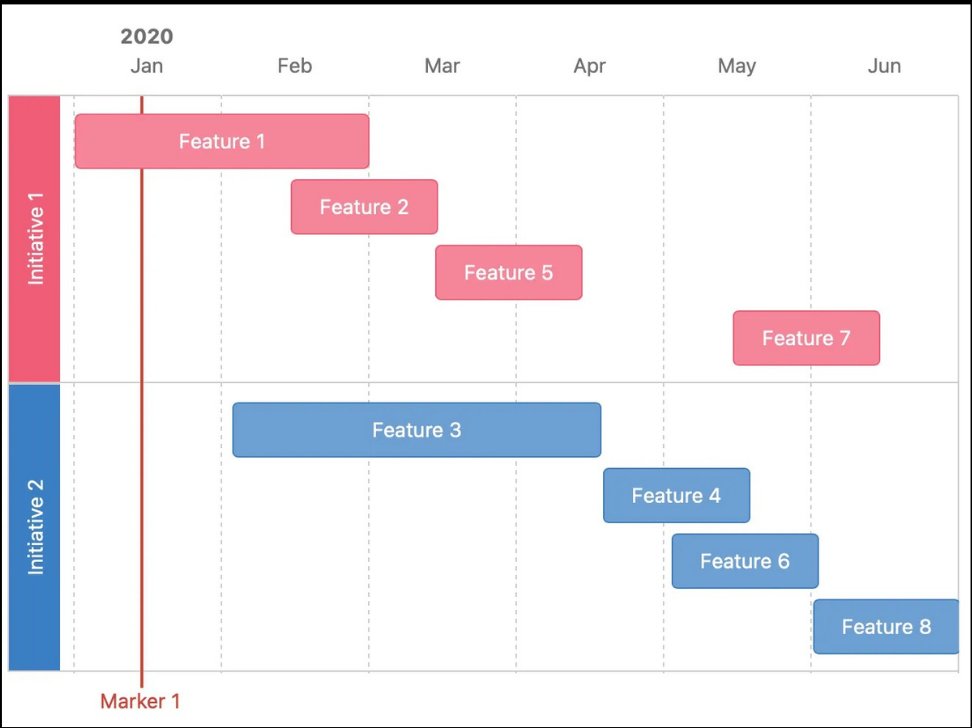Tools I use as a Solopreneur to create content, tools, templates, videos (Youtube Channel buff.ly/3G7kJgn) and my online courses at @ProductPathways.
🧵👇
#BuildInPublic
/1
🧵👇
#BuildInPublic
/1

@ProductPathways 🎨 Graphics and templates:
@canva for stock videos, graphics and for making canvas' like this one 👉 buff.ly/41WSh9z
Canva is also great to create those carousel style linkedin posts.
I also use Keynote occasionally for content (+1 for carousel style posts).
/2
@canva for stock videos, graphics and for making canvas' like this one 👉 buff.ly/41WSh9z
Canva is also great to create those carousel style linkedin posts.
I also use Keynote occasionally for content (+1 for carousel style posts).
/2
@ProductPathways @canva I use @NotionHQ for document style templates that people can duplicate and use like this 👉 buff.ly/3nck2LV
And @MiroHQ also for workshop templates (also occasionally use it for content graphics. Easy to make quick diagrams, etc - like this buff.ly/3pZyzfy)
/3
And @MiroHQ also for workshop templates (also occasionally use it for content graphics. Easy to make quick diagrams, etc - like this buff.ly/3pZyzfy)
/3
@ProductPathways @canva @NotionHQ @MiroHQ 🔗 Sharing:
I use Google Drive to share most of my resources and links. Easy to keep things in one place, leverage folder structures and be able to simply replace the file with a new version without having to update all the links.
/4
I use Google Drive to share most of my resources and links. Easy to keep things in one place, leverage folder structures and be able to simply replace the file with a new version without having to update all the links.
/4
@ProductPathways @canva @NotionHQ @MiroHQ 🎥 Videos (like this):
@veedstudio for stock videos, audio, text and captions.
@capcutapp for captions & emojis.
Final Cut Pro for all the heavy lifting with editing. I typically edit > export from Final Cut > import into CapCut or Veed for captions and final touches.
/5
@veedstudio for stock videos, audio, text and captions.
@capcutapp for captions & emojis.
Final Cut Pro for all the heavy lifting with editing. I typically edit > export from Final Cut > import into CapCut or Veed for captions and final touches.
/5
@ProductPathways @canva @NotionHQ @MiroHQ @veedstudio @capcutapp My blogging orginally started on Medium (>5k followers) 👉 buff.ly/3MmPT5x
I've now switched to my personal site which is run by @squarespace - this is a space I want to give more focus to. Watch this space I've been looking at both Substack and Convertkit.
/6
I've now switched to my personal site which is run by @squarespace - this is a space I want to give more focus to. Watch this space I've been looking at both Substack and Convertkit.
/6
@ProductPathways @canva @NotionHQ @MiroHQ @veedstudio @capcutapp @squarespace 💻 Websites and online courses:
As mentioned, I use Squarespace for my personal site 👉 buff.ly/45v9Z6D
I use @LearnWorlds for @ProductPathways online courses. Course videos are hosted on @Vimeo bc of the ability to replace videos without having to update links.
/7
As mentioned, I use Squarespace for my personal site 👉 buff.ly/45v9Z6D
I use @LearnWorlds for @ProductPathways online courses. Course videos are hosted on @Vimeo bc of the ability to replace videos without having to update links.
/7
@ProductPathways @canva @NotionHQ @MiroHQ @veedstudio @capcutapp @squarespace @LearnWorlds @Vimeo Payments are through Stripe. I have @Wise business accounts to help with multiple currencies as I do work with companies all over the world.
@Xero for accounting and invoicing.
And that's about it.
/8
@Xero for accounting and invoicing.
And that's about it.
/8
• • •
Missing some Tweet in this thread? You can try to
force a refresh

 Read on Twitter
Read on Twitter










